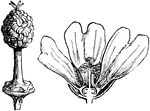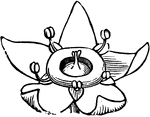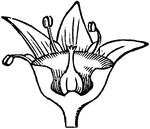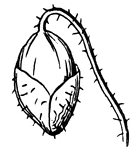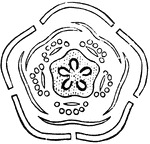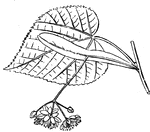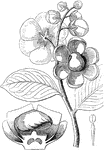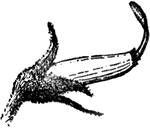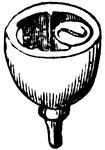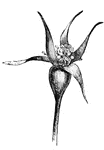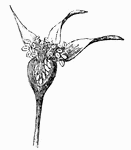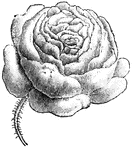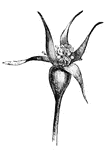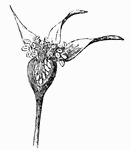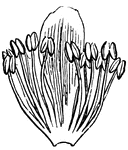Clipart tagged: ‘bud’

Agrimonia Eupatoria
Pictured are the flower and bud of Agrimonia euphoria. The common name of the plant is common agrimony.…

Annona
"Anona furfuracea. 1. an expanded flower; 2. a vertical section of male and female apparatus, which…
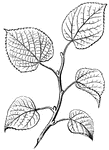
Basswood Buds
This shows the axillary buds on a twig of Basswood, they are alternate like the leaves.
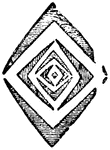
Bud
"Transverse section of a bud, in which the leaves are arranged in an accumbent manner." — Encyclopedia…

Bud
"Transverse section of a bud, in which the leaves are arranged in an equitant manner." — Encyclopedia…

Bud
"Transverse section of a bud, showing two leaves folded in an obvolute manner. Each is conduplicate,…
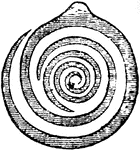
Bud
"Transverse section of a bud, showing two leaves arranged in a supervolute manner." — Encyclopedia…

Calystegia Sepium Bud
An illustration of a Calystegia sepium bud. Calystegia sepium (Larger Bindweed, Hedge Bindweed, or Rutland…
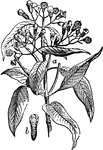
Cloves
"Cloves are the flower-buds of the Clove-tree. The genus to which this tree belongs is of the natural…

Dog's-Tooth Violet Stages
"Dog's-tooth violet (Erythronium americanum). Stages of development from the seed. 1-5 show the stage…

Elodea
Illustrated is a winter bud of elodea. The buds grow in the spring. Elodea is an aquatic herb.
Eucalyptus Globulus
Illustrated are parts of eucalyptus globulus. It shows the stamens and the structure of the bud. (4)…

Flower of a Moss
An illustration of the flower of a moss: ar, archegonium; an, antheridium; p, paraphysis; bl, leaf.
Horse-Chestnut Bud
This is the bud of a Horse-Chestnut. This will open and the leaves will push out.
Leaf-scar
Here is a shoot of the Horse chestnut with a large terminal bed, and with very conspicuous leaf scars,…
Leaf-scar
Here is a shoot of the Hickory with a large terminal bed, and with alternate leaf scars, and just above…
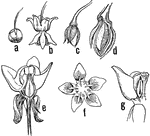
Milkweed Stages
"Milkweed (Asclepias sp.). a, flower-bud; b, flower; c, very young pod; d, older pod in section, showing…
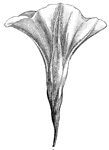
Morning Glory
The open spread part of the flower is very thin, and the ribs are to it what the whalebones are to an…
Morning Glory Bud
The flower part of this bud is twisted at its point end in a spiral manner. This bud is partially closed.
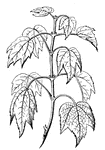
Red Maple Buds
This shows the axillary buds on a twig of Red Maple, they are opposite like the leaves.

Rosebud vase
"Make the little vases of large punk rosebuds; those begining to unfold are the best. Peel off the outside…
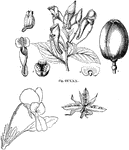
Violet
"Corynostylis Hybanthus. 1. a set of stamens, each having the connective lengthened beyond the anther,…
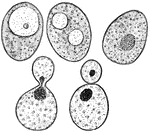
Yeast cake
"Showing a Bit of Common Yeast Cake when mixed with Water and examined under the Microscope. There are…

Growing yeast cells
Growing Yeast Cells, showing Method of budding and forming Groups of Cells. Each bud appears as a little…
